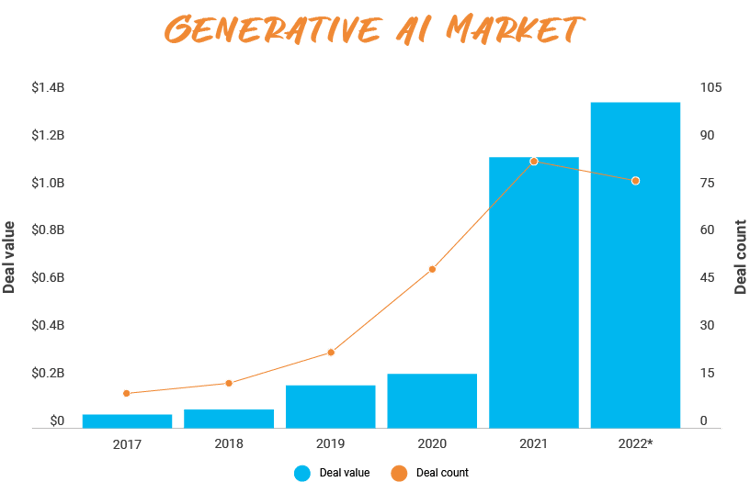-
About Us
Probe CX is a tech-powered, global customer experience organisation that amplifies human capabilities with technological excellence.
-
Awards and Accreditations
As an industry-leading CX and digital transformation provider, Probe CX has a resume to match any of our competition.
-
Compliance
Industry-recognised certifications to protect what matters most to our clients and their customers.
-
Locations
Over 9,000 team members delivering exceptional customer experiences across five countries.
-
Vision and Culture
We help our clients become modern digital organisations by combining the latest technology with people, process and data.
-
Executive Team
Meet the team with unmatched experience committed to helping organisations create environments for digitally-enabled CX to thrive.
-
Blog
Discover the latest insights, information and trends in blogs created by customer experience experts.
-
News
Learn where Probe CX have been recognised in the news, including awards, accreditations, acquisitions, partnerships and more.
-
Resources
Download our latest resources including whitepapers, case studies, tip sheets, reports and brochures..
Discover how a superannuation and investment giant reduced contact centre staffing needs with WFM optimisation.
- Blog
- Part 1 Generative AI special report: evaluating the risk vs rewards
Part 1 Generative AI special report: evaluating the risk vs rewards

Amid all the noise and hype though, a word of caution. Generative AI may sound like the greatest innovation to hit the market in decades but organisations need to tread carefully as there is still much confusion and lack of context for how to best embrace it.
There is also the added complexity of how quickly the technology is developing. ChatGPT was released in November 2022, racking up 1 million users in only five days1, but within four months Open AI had released a new model – GPT-4 – with markedly improved capabilities2. On a similar note, Anthropic’s Claude could process about 9,000 tokens of text per minute when it launched in March but just two months later was doing so for 100,000 tokens, equal to about 75,000 words3.
Many organisations have already conducted compelling generative AI pilots but business leaders have considerable challenges to address before realising the full benefits of Generative AI. At the top of this list is managing the risks inherent in a technology that is unlike any other.
.png?width=966&height=719&name=Evolution%20of%20Generative%20AI-Desktop%20(4).png)
.png?width=500&height=831&name=Evolution%20of%20Generative%20AI-Mobile%20(3).png)
Source: Generative AI Will Take the Corporate World to the Next Level (bbntimes.com)
Consumer use vs enterprise use
As customer experience specialists, our firm was recently exposed to a company that was desperate to rush generative AI into its customer service offering. Having got swept up in the hype surrounding ChatGPT and other solutions, its managers were adamant it would be a one-way ticket to increased productivity and improved efficiency for agents and customers alike.
Then we raised a couple of areas that challenged their thinking.
Firstly, there is a big difference between using Generative AI for basic, low-risk tasks and applying it at an enterprise level. The probabilistic nature of Generative AI means answers can be inconsistent and unpredictable, which may be acceptable in standard consumer use, such as checking a store’s opening hours.
However, if a bank or financial provider is using Generative AI to respond to queries about policies or new products, there is no room for error. At an enterprise level, there is a need for information to be 100% correct, and in these cases, Generative AI may not be the right solution. Our Gen AI focus currently concentrates more in the area of agent assistance, where outcomes of the models are still validated by humans, as we believe direct to customer use-cases are not yet ready for full implementation.
The unique evolution of generative AI is another reason organisations are struggling to identify its best use. In the past, technology creation and adoption has emerged from larger enterprises such as government or private ventures before being transferred to small- and medium-sized businesses and then the consumer.
Generative AI has taken the opposite route, starting at the consumer level, on to small business and finally into large enterprises and government departments, which are now struggling to understand how to ‘monetise’ the technology.

Source: The Dawn of Generative AI: A Threat to Creatives or a Boon? (wowmakers.com)
Learned behaviour
If that was not enough to deal with, it is important to understand another factor that makes Generative AI such a unique beast. Unlike traditional technology (or even the other AI that is programmed with known inputs and outputs), Generative AI is a deep learning model largely trained on publicly available data. Despite its controls and guardrails, it lacks the explainability of outcomes that businesses demand in customer-facing applications.
While it is all well and good to be caught in the hype and executives feel pressure to deliver on Generative AI’s potential, the truth is we don’t fully understand the models at the heart of the technology.
Even Google doesn’t fully understand how they make decisions. The scientists don’t. No one truly does and while that may be acceptable when using it in a consumer sense (eg: ChatGPT summarising information for an assignment), alarm bells should be ringing if governments or companies are relying on it to inform or make decisions about critical services.
Summary
On one hand, it is understandable that the commoditisation of Generative AI is happening extremely quickly. There is no doubt AI will transform business models, societies, communities and individuals’ lives during the next decade and for executives under budget pressures, there is a lot to like about a technology that promises to remove costs and disrupt the traditional area of customer service and operations
On the flipside though, those same leaders need to appreciate that the implications of not understanding how and why Generative AI is different to other technologies creates considerable risk. The ChatGPT website openly highlights that the tool “may produce inaccurate information about people, places or facts”4. Governments and enterprises do not get the luxury of dismissing errors with a one-line disclaimer. The risks associated with making mistakes are significant and the potential fallout is likely to be of a far greater magnitude than any benefits that may be realised.
In addition to changes in customer interactions and service, Generative AI’s greatest potential may lie in productivity. In particular, we see a huge potential for lowering the barriers of entry to accessing specialised knowledge and outsourcing learning to the domains of the large language models.
Ultimately, organisations need to temper their excitement for Generative AI with the reality that without a comprehensive awareness of the broader risks and implications, there is potential to waste a lot of money on projects that aren’t able to be fully implemented and concepts where risk outweighs return. As we will explore in an upcoming blog, the onus is on them to avoid the Generative AI ‘sugar hit’.
Global events have created one of the most exciting but unpredictable eras the technology industry has witnessed. Learn how six key digital transformation trends can help your business drive growth and innovation.
About the Author
Jon Stone is a seasoned digital and data leader with a strong record of leading large-scale transformations across multiple regions. With more than 20 years of experience in consulting and technology firms, he is passionate about collaborating with clients to deliver innovative digital and data solutions that enhance CX and optimise core processes.
Related Articles
Technology
Pros and cons of generative AI in customer experience
Discover how generative AI is changing the customer experience landscape … for better or worse.
Technology
Part 2 Generative AI special report: plan for long-term
Discover why executives need to remember the bigger picture in their rush to embrace generative AI technology.
Technology
Part 3 Generative AI special report: the future of work
Discover how the technology everyone is talking about will impact the future workplace.
© Copyright 2025 Probe CX | Probe CX is a proudly owned subsidiary of Probe Group
Privacy Policy | Responsible AI Policy | Financial Hardship Policy | Whistleblower Policy | Complaints Procedure | Supplier Code of Conduct | Make a Payment | Client Login


%20Plan%20for%20long-term/P_BlogT_Generative%20AI%20special%20report%20Part%202.jpg?width=450&height=609&name=P_BlogT_Generative%20AI%20special%20report%20Part%202.jpg)
%20the%20future%20of%20work/Generative%20AI%20special%20report%20(Part%203)_future%20of%20work.jpg?width=450&height=609&name=Generative%20AI%20special%20report%20(Part%203)_future%20of%20work.jpg)

